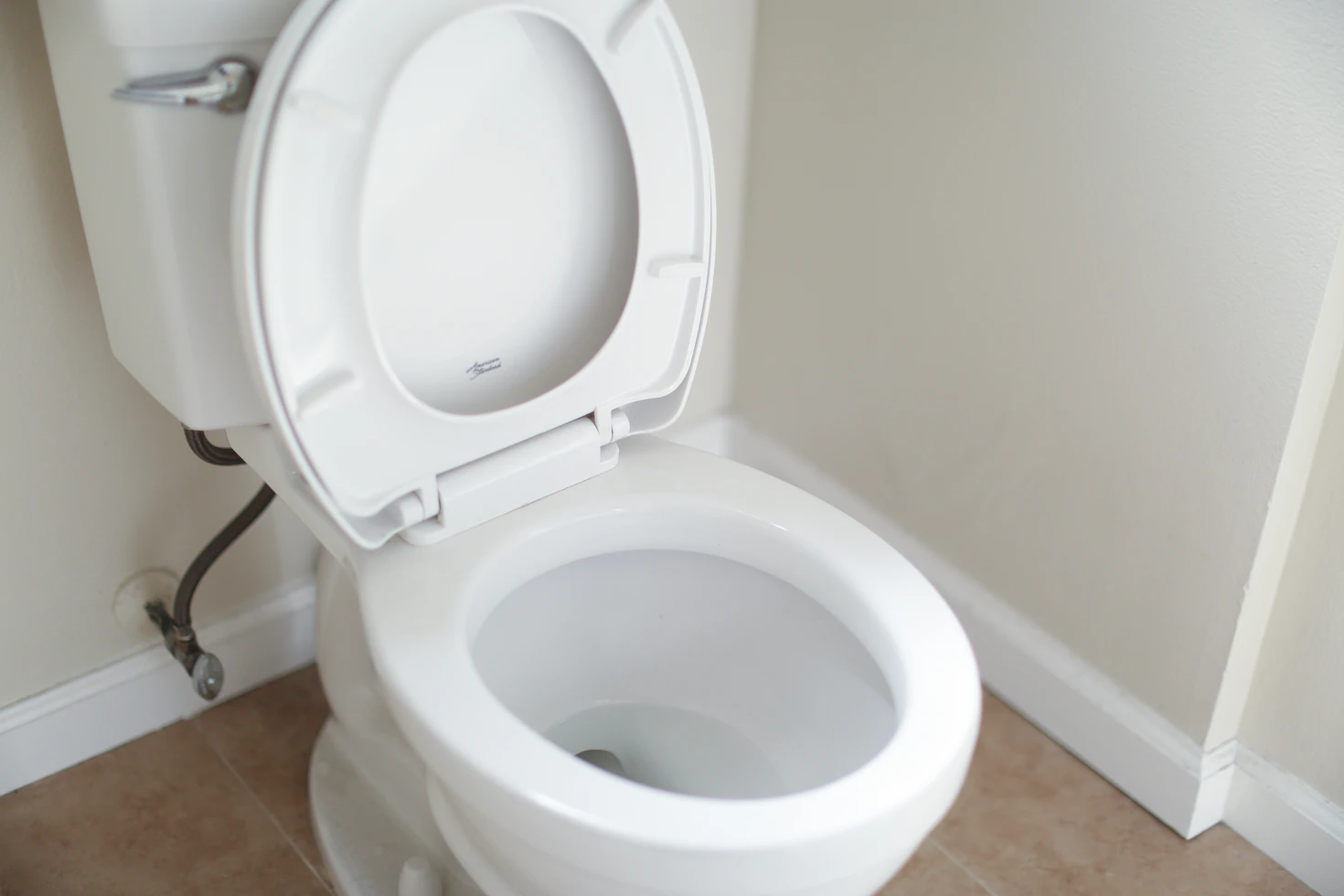California officials have given the green light to new regulations known as
“toilet-to-tap”,
which permit water agencies to recycle wastewater from homes and redistribute it back to households, according to the NY Post.
The aim is to address the state’s dwindling water supply. Despite initial concerns from consumers, officials have assured the public that the process is safe, as the wastewater undergoes three rigorous stages of treatment. The water is thoroughly treated to eliminate pathogens and viruses, and minerals are even added back to enhance its taste.
“It will truly be the highest quality water delivered in the state when it’s done,”
said Darrin Polhemus, director of the Division of Drinking Water and the State Water Resources Control Board.
California is notorious for its droughts and relies on water from other states via the Colorado River. However, in 2023, the state experienced an unusually high level of rainfall, resulting in over 99% freedom from drought by October. Although recycled water may be more expensive than imported water, it offers a more sustainable and reliable supply, as per CalMatters.
California becomes the second state, following Colorado, to adopt this approach. While recycled water has been used for decades in California for irrigation purposes, this marks the first time it will be directly utilized for drinking water.
The construction of treatment facilities is a costly and time-consuming effort, so larger cities like San Diego and Silicon Valley/Bay Area, with ample funding, are expected to be among the first to transition. Officials estimate that nearly half of San Diego’s water supply will come from recycled sources by 2035.
“Drought happens all the time and with climate change, it will only get worse,”
Kirsten Struve with the Santa Clara Valley Water District told ABC.
“This is a drought-resistant supply that we will need in the future to meet the demands of our communities.”
#Clique, what are your thoughts?
In California, toilet or shower wastewater will no longer just be dumped into the Pacific Ocean or used for farmland. Now, it’ll be recycled into drinking water. https://t.co/JStd8EwAqu
— NewsWatch 12 (@KDRV) December 21, 2023





